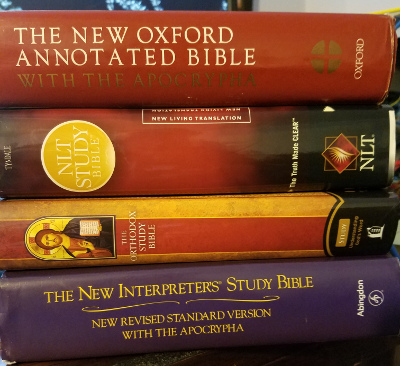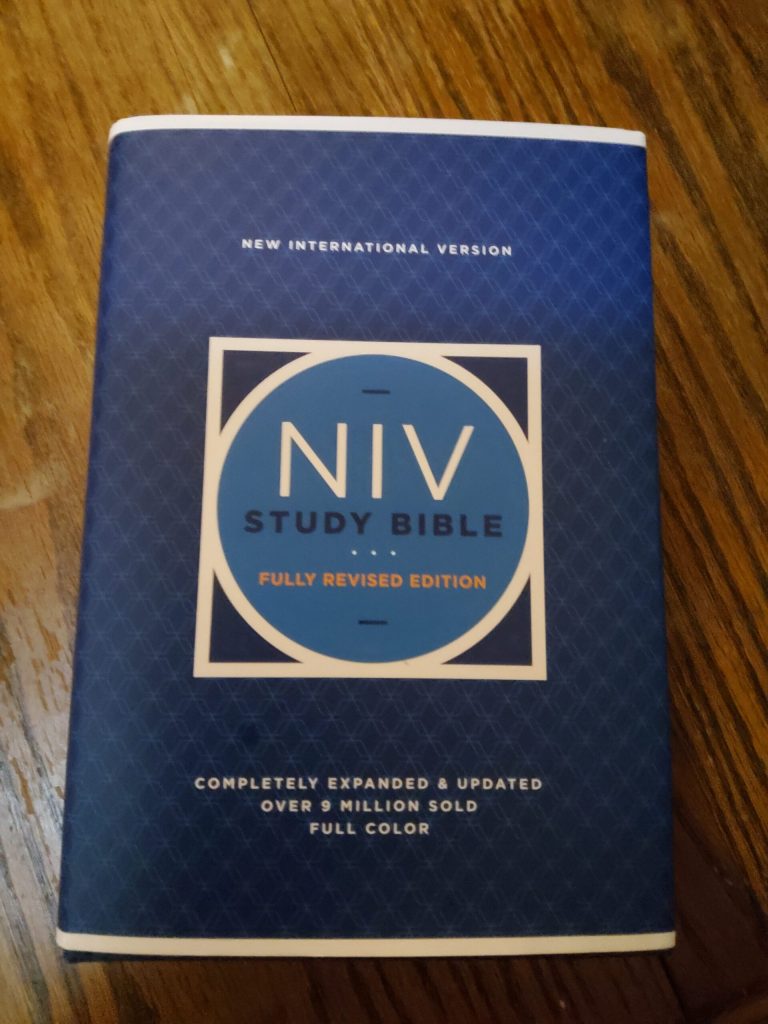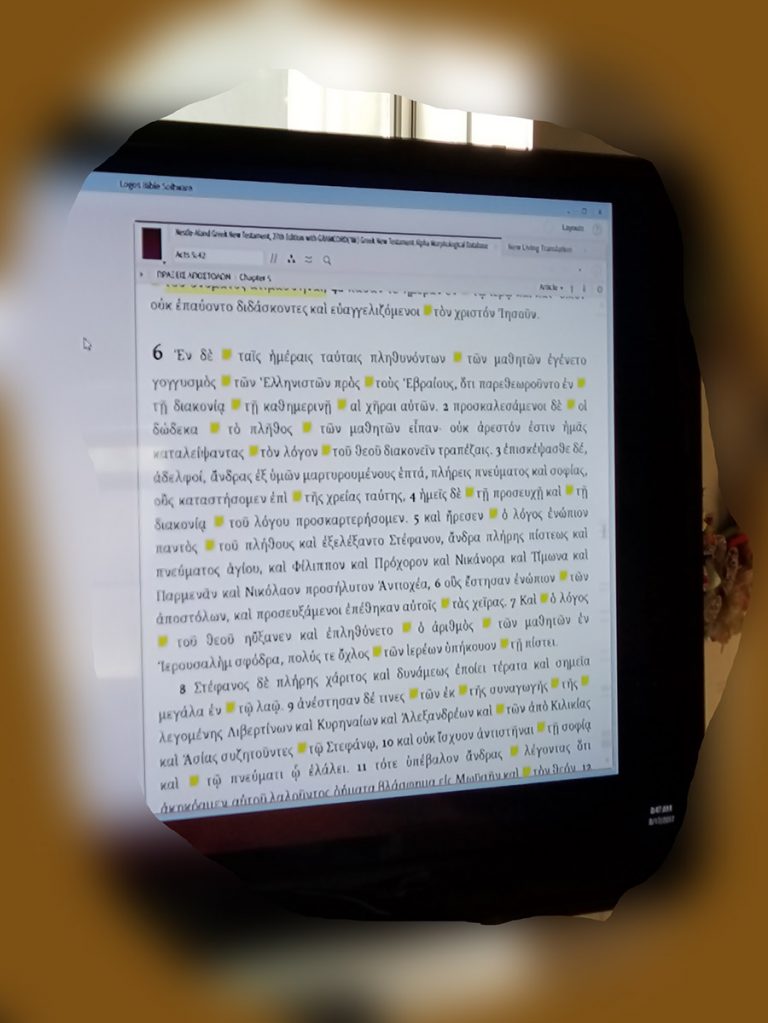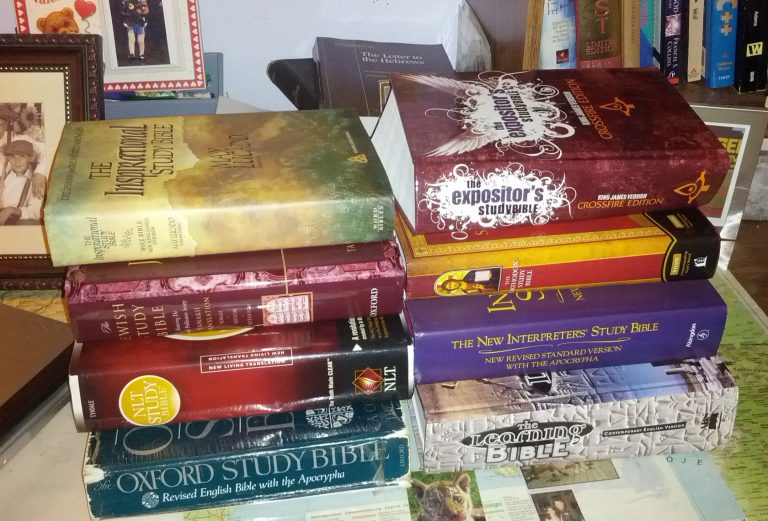Reading Hebrew Poetry in English (Brief Edition)
As my Sunday School class is studying Proverbs, I thought I’d provide them with a bit of an explanation of Hebrew poetry. If you’re someone who reads Hebrew and has done any study of Hebrew poetry, this is not for you. Don’t bother to tell me about all the things I’m leaving out. I already…






